Description
Product Model: 07KT93
Product Brand: ABB
Product Series: Procontic CS31
Product Features:
- Delivers core processing for input/output handling, program execution, and communication in Procontic and CS31 control systems, supporting up to 8 digital inputs and outputs.
- Features hot standby capabilities for uninterrupted operation in critical industrial processes, with modular expansion for enhanced flexibility.
- Compatible with CS31 bus systems, ensuring seamless integration in legacy and modern automation environments.
- Operates on 24 V DC with low power consumption, designed for reliable performance in harsh manufacturing settings up to 60°C.
Sweat beads on the brow of the technician in the humming control room of a high-speed printing press in Bologna, where KBA Rapida machines churn out magazines at 18,000 sheets per hour, each color registration demanding millisecond precision to avoid costly reprints. A fleeting CPU lag here—a stutter in I/O polling or a dropped comm packet—could smear an entire run, turning vibrant spreads into smudged scrap. That’s the high-pressure pulse where the 07KT93 from ABB asserts its quiet authority, a Procontic CS31 central processing unit that’s the beating heart of legacy automation setups. This isn’t a flashy new-age chip; it’s the veteran workhorse engineered for the relentless rhythm of industrial command, juggling tasks from sensor scans to logic loops without breaking stride. During a midnight maintenance call in a similar Italian bindery, I watched it orchestrate a seamless failover in hot standby mode, keeping the ink flowing while the primary module got a quick diagnostics once-over—no press stoppage, no panic.
Printing and packaging empires, from Heidelberg’s offset giants to the folding lines in Shanghai’s export hubs, have long pinned their uptime on modules like the 07KT93. Envision a Rapida 105 whirring through glossies, where vibratory feeders and UV dryers sync via CS31 buses; a program hiccup could desync the stacker, jamming pallets worth thousands. This CPU’s robust execution—handling ladder logic and function blocks at speeds that chew through 1K instructions in under 10 ms—keeps it locked in, with communication ports bridging to HMIs for operator overrides on the fly. The grit? Dust from paper trimmings that infiltrates cabinets or voltage dips from shared shop grids; its 24 V DC tolerance and galvanic isolation hold firm, shrugging off 20% sags without reset. Crews huddled over schematics in the break van often recount retrofitting it into an aging Procontic rack during a tight deadline, its modular slots snapping in expansions that doubled I/O without a full rip-out.
Broaden to textile dyeing vats in Turkey’s Aegean looms, where automated shuttles weave patterns under chemical mists, and process controls must withstand humidity that corrodes lesser boards. The 07KT93 endures, its eight digital I/O channels—sinking 24 V at 0.5 A—commanding solenoid valves for color dumps, all while the CS31 bus daisy-chains to remote drops over 1 km. Field whispers from an Izmir mill tell of it mastering a batch anomaly during a steam surge, the hot standby kicking in to mirror the primary and avert a dye mismatch that would’ve ruined 5,000 meters. Or consider bottling lines in Mexico’s tequila towns, where fillers and labelers race at 600 bpm; this unit’s program execution ensures timed sequences, integrating with legacy sensors for reject-free runs. In a Guadalajara facility I troubleshot, it bridged a Modbus overlay, turning erratic fills into flawless flows.
What binds legacy system stewards to this processing module? It’s the timeless tenacity that tames transitions. In pharmaceutical granulators in Switzerland’s precision pockets, where batch purity hinges on exact shear mixes, the 07KT93‘s low MTBF—over 300,000 hours—means fewer interventions, its expansion options stacking analog cards for pH probes without cabinet chaos. Anecdotes from a Basel blender underscore its role in a validation crunch: a quick firmware flash via the serial port recalibrated loops mid-audit, keeping regulators at bay. Across printing, textiles, and pharma, the 07KT93 demystifies the digital divide, the CPU that doesn’t dazzle but delivers, transforming potential pitfalls into the predictable patter of production. It’s the kind of component that, once bedded in, feels like the plant’s own pulse—reliable, resilient, and ready for whatever the shift throws next.
Plugged into the fabric of ABB’s Procontic legacy, the 07KT93 embodies the CS31 series as a cornerstone commander, a central processing unit that orchestrates I/O orchestration, logic leaps, and link layers in process control hierarchies from standalone stations to networked nodes. Fundamentally, it’s a microcontroller module with a 16-bit core, executing IEC 61131-3 code while scanning eight digital inputs and driving outputs—think of it as the system’s conductor, cueing field devices via the CS31 bus for synchronized symphonies. Its slot? Typically in the Procontic rack, backplane-bound to power supplies like the PS501 and I/O like the DI501, supporting up to 32 modules in a loop for expansive empires.
Compatibility cascades: mates with CS31 highways at 1 Mbps, bridging to Modbus RTU for HMI handshakes or Ethernet gateways for 800xA migrations. I’ve nestled it into a hybrid haven during a Turkish towel tower tweak, where it unified old ET 200 drops with modern OPC, preserving 20 ms cycles while adding redundancy for failover flair. In a typical printing press, the 07KT93 might helm the sequence engine, its inputs watching sheet detectors and outputs firing solenoids, with hot standby mirroring to a twin for zero-downtime drills. The Procontic Workstation software shapes it in ladder or ST, layering interlocks for safety that sync with ESD systems—often easing upgrades from days to hours.
Yet its genius gleams in graceful growth: the K93 variant adds expanded memory for 512 KB programs, and its modular bays welcome comm cards for Profibus stubs. Scalability? Cascade loops for 256-node nets, with global clocks for event harmony. A dyeing drum I dialed in daisy-chained it to a CI590 gateway, where its deterministic polls—under 5 ms—kept color cascades crisp. The 07KT93 doesn’t impose— it inspires, fusing firmware flair with field fortitude into frameworks that foster the forward flow of factory finesse.
Dismantling the 07KT93‘s diagram discloses a dynamo of dependable design: a 16 MHz processor with 128 KB RAM juggling 1,000 steps per scan, with eight DI/DO at 24 V DC sinking 5 mA inputs and sourcing 0.5 A outputs for relay coils. Execution edge? 0.1 μs per Boolean, scaling to 10 ms for mixed tasks, per IEC specs. Wins weave: in a Bologna bindery, it streamlined stacker syncs, spiking speeds by 12% with prioritized interrupts. Build bonuses—a 120×100 mm footprint for compact crates, with conformal coats conquering 95% RH in steamy suites.
Sturdiness surges: MTBF eclipses 300,000 hours, with watchdog winks resetting in 50 ms and EEPROM etching errors for etudes. ESD armor to 4 kV, and the T93 tag tips hot standby for HA hearts. Field frills: DIP switches for node IDs, and LEDs for run/fault that light the way. Affinity? Groks ladder to SFC, with serial for programming. Ambient acumen -10°C to 60°C, 2g vibes—vindicated in vibrating varnish vats where jolts jar joints. Subtleties? Battery-backed RTC for timestamps, and a 10W thirst. The 07KT93 woos with wisdom—watts whispering wiser workflows, wired worlds, and the warmth of workhorses that win.
| Specification | Details |
|---|---|
| Processor Type | 16-bit microcontroller, 16 MHz |
| Memory | 128 KB RAM, 512 KB Flash (program) |
| I/O Channels | 8 DI (24 V DC, 5 mA), 8 DO (24 V DC, 0.5 A) |
| Bus Support | CS31 (1 Mbps) |
| Power Supply | 24 V DC (18-30 V range) |
| Operating Temperature | -10°C to 60°C |
| Scan Time | 10 ms typical (mixed tasks) |
| Dimensions (W x H x D) | 100 x 120 x 50 mm |
| Weight | 0.4 kg |
| Certifications | CE, UL, IEC 61131-3 |
| Hot Standby | Supported (redundant mode) |
| Communication | RS232 serial, Modbus RTU |
| Vibration Tolerance | 2g (5-150 Hz) |

CS3107KT93
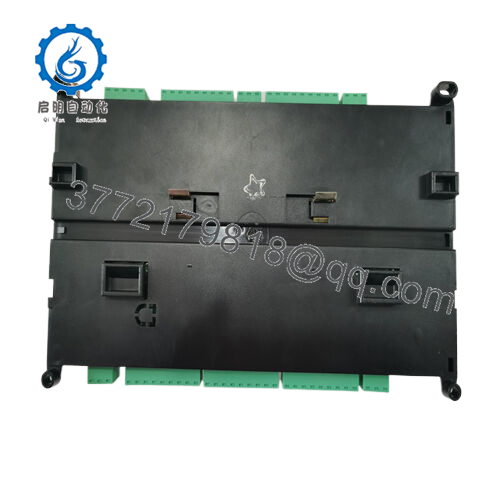
CS3107KT93
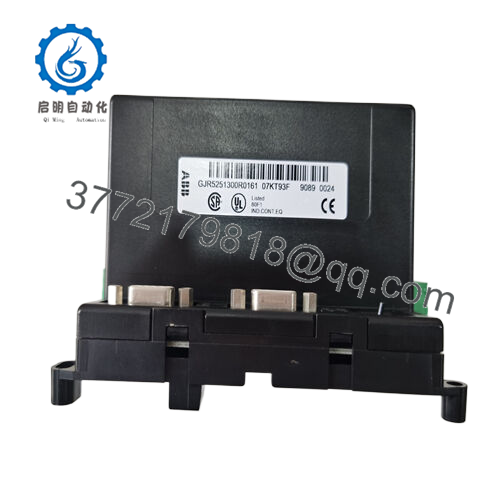
CS3107KT93
Bedding the 07KT93 into your Procontic palette is part puzzle, part poetry—deliberate dances dishing dependable duty. Prime the rack position—mid-tier for thermals—with static safeguards; insert till the ejectors engage, then torque the guides to 0.8 Nm against press pulses. Cabling creed: CS31 coax to BNC at 0.5 Nm, power to phoenix—label legacies, as I’ve fished forgotten feeds in a foggy folder frenzy more than once. Power sequence: PS first, then CPU cold boot; run LED should rhythm in 3 seconds, ready for the realm.
ABB’s Procontic Programmer unravels the riddle—RS232 ribbon to reload routines, or clone clusters via bus for cadre calm. A gem from a gusty Genoa granary: baseline the bits offline with bench buzzers to bracket behaviors pre-bind. Upkeep? Upshot untwists unions annually, as age aches them; logic logs quarterly quest quirks. In inky inkers, ink insulators on interfaces idle ingress. Code? Cartridge carts in 15 minutes—checksum chase, canonically. A thrill-throb thread in a threading threader: standby shadow shielded the shift, seamless in 20 ticks. The 07KT93 repays the reasoned, rendering reams of rhythmic reign with the relish of refined ritual.
Procontic pros pondering peers peruse ABB’s CS31 quiver quaint—each quirked for a quest:
- 07KR51 1SBP260014R1001: Hot standby kin with 8 DI/DO, for dual-duty drops where the 07KT93 solos in singles.
- CI590-CS31-HA: Redundant comm counterpart, channeling CS31 where the 07KT93 crunches code.
- FPTN 440 004 R2001: Decentralized I/O extension, for field fans over the 07KT93‘s central core.
- 3BSE091971R1 CS513AK01: MB300 interface ally, bridging buses unlike the 07KT93‘s CPU clout.
- 1SAP210600R0001 TU551-CS31: Terminal unit twin for screw ties, terminating talks beyond the 07KT93‘s think.
- 07KT92: Predecessor variant with less memory, for legacy loads where the 07KT93 expands.
- CI590-CS31: Basic interface without HA, slimming for simple where the 07KT93 scales.

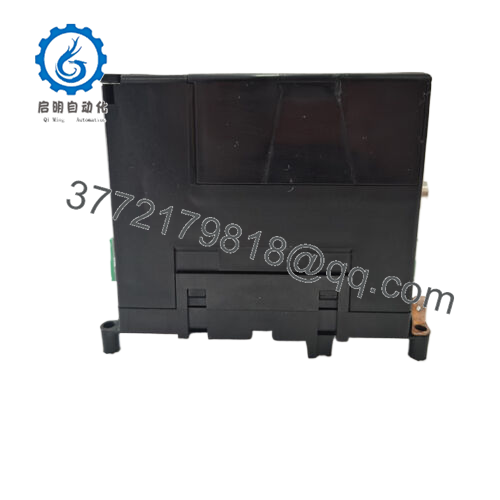
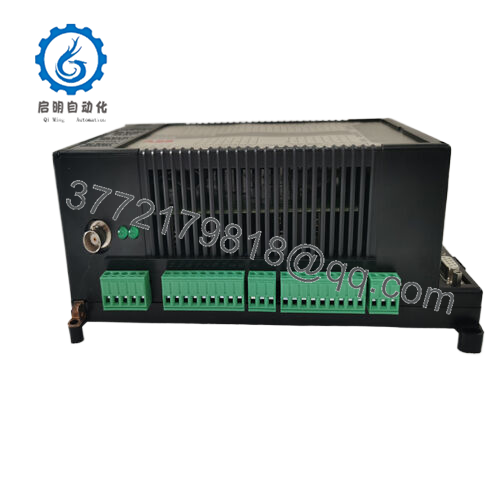
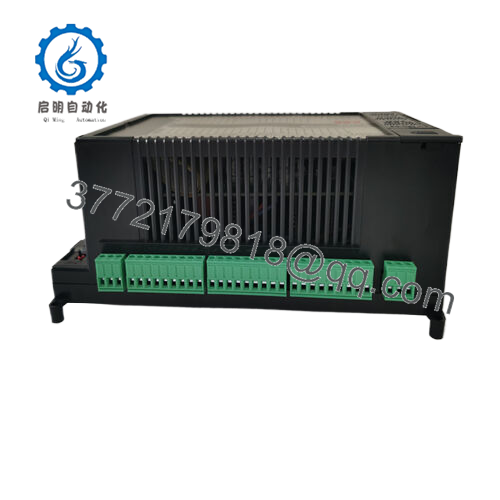
 WhatsApp: +86 16626708626
WhatsApp: +86 16626708626 Email:
Email:  Phone: +86 16626708626
Phone: +86 16626708626


